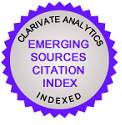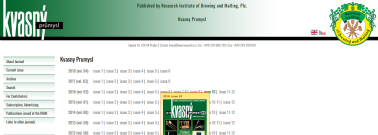Influence of autoinoculum on basic oenological parameters of wine
DOI:
https://doi.org/10.18832/kp2019.66.296Keywords:
spontaneous fermentation, yeast, yeast isolates, terroirAbstract
In this paper we focus on possibilities of using natural microflora from vineyards to enhance spontaneous fermentation. Obtained yeast isolates, naturally occurring in vineyards, which were previously isolated in 2017 and 2018, were used for inoculation of Hibernal grape must. Spontaneously fermented musts and musts with the yeast isolates from 2017 and 2018 were compared. Basic parameters of the musts (sugar concentration, pH, concentration of titratable acids, concentration of assimilated nitrogen) were analysed studied, and a sensory analysis of the resultant wines was performed. The fermentation with the yeast isolates was quick and smooth. In the spontaneous fermentation lower ethanol production rate was observed at the end of the fermentation process. During the sensory evaluation, fruitiness of the spontaneously fermented batch was lower, but its vegetal characteristic was pronounced. The variant with the yeast isolates from 2017 was described as smooth, and the variant with yeast isolates from 2018 was evaluated as slightly vegetal.








